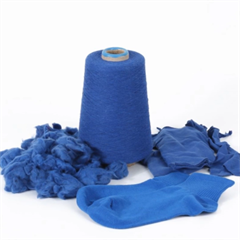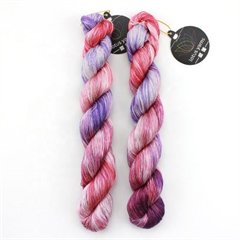1. Cultivation:
- The journey begins on jute farms, primarily located in regions like India, Bangladesh, China, and Thailand.
- Jute is an annual crop that is sown in the spring and harvested after a few months.
- It grows quickly, reaching maturity in about 4-6 months, making it a rapid renewable resource.
2. Harvesting:
- Once the jute plants have matured, they are ready for harvest.
- Farmers cut the plants at their base and bundle them for further processing.
3. Retting:
- Retting is the process of soaking the harvested jute bundles in water to soften the outer fibers and facilitate separation from the inner core (jute bast).
- This process can be done in water bodies like ponds or tanks or by spreading the jute bundles in the field for exposure to rain and dew.
- The retting period can last several days to a few weeks, depending on environmental conditions.
4. Stripping:
- After retting, the softened jute fibers are stripped from the woody central core.
- This is typically done manually, using specialized tools or machinery in some larger-scale operations.
5. Drying:
- The stripped jute fibers are dried in the sun to reduce moisture content and prepare them for further processing.
6. Spinning:
- The dried jute fibers are then spun into yarn using traditional spinning wheels or more modern industrial spinning equipment.
- This process creates jute yarn with varying thicknesses, depending on the intended use.
7. Weaving or Twisting:
- Jute yarn can be used directly in its spun form for various applications, or it can be woven into jute fabrics.
- Twisting and plying of jute yarn can also be done to create different textures and strengths.
8. Manufacturing:
- Jute yarn or jute fabrics are sent to manufacturers or fashion designers to create a wide range of fashion items, including clothing, accessories, footwear, and bags.
- Sustainable fashion brands often prioritize jute as a raw material due to its eco-friendly properties.
9. Design and Styling:
- Fashion designers work with jute yarn and fabrics to create stylish and eco-friendly fashion pieces.
- Jute’s unique texture and natural appearance can be leveraged creatively to produce unique and aesthetically pleasing designs.
10. Distribution and Retail: – Finished jute fashion products are distributed to retailers or sold directly through e-commerce platforms and sustainable fashion outlets.
11. Consumer Adoption: – Consumers who value eco-friendly and sustainable fashion choices purchase jute fashion items, supporting responsible and ethical fashion practices.
12. Recycling and Upcycling: – Jute fashion items can be recycled or upcycled to extend their lifespan, contributing to the circular fashion economy and reducing textile waste.
The journey of jute yarn from farm to fashion demonstrates the sustainable and eco-friendly aspects of this natural fiber. It aligns with the growing demand for environmentally responsible and socially conscious fashion choices, making jute a valuable resource in the fashion industry.






















